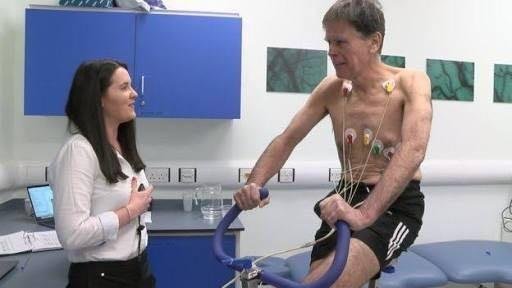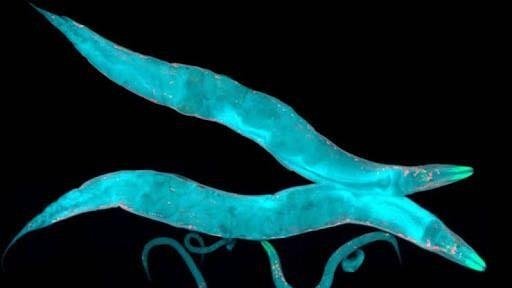Space muscles study to use tiny worms
Thousands of baby worms will be sent into space later this year to help a study into muscle loss in older people.
Scientists at the University of Exeter in Devon say nematodes are being used because they have a similar muscle structure to humans.
Astronauts lose about 40% of muscle mass after 180 days while onboard the International Space Station (ISS).
Researchers hope the research could help people with conditions including muscular dystrophy and diabetes.

The worms - a nematode species called Caenorhabditis elegans (C. elegans) - will blast off in a rocket from the Kennedy Space Centre, Florida, on 29 November and travel 250 miles (402km) to the ISS.
They are useful to scientists studying long-term changes in human physiology because they suffer from muscle loss under many of the same conditions that people do.
Colleen Deane, a researcher at the University of Exeter, said muscles weakened in space due to a lack of gravity.
"When they return to Earth astronauts are unable to be as mobile and they have to undergo heavy rehabilitation programmes," she said.
"Because it's a good model for human muscle, we're sending worms up to space and looking at the changes and the effects of space flight on their muscles."

ديدان البلهارسيا من اخطر المخلوقات تتغذى على دماء الانسان و هو حي خطورتها تكمن في صغر حجمها و قدرتها على التأقلم في جسد الانسان